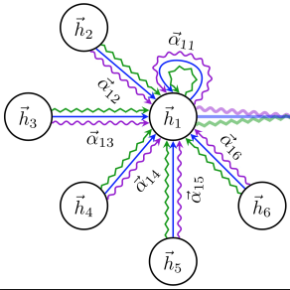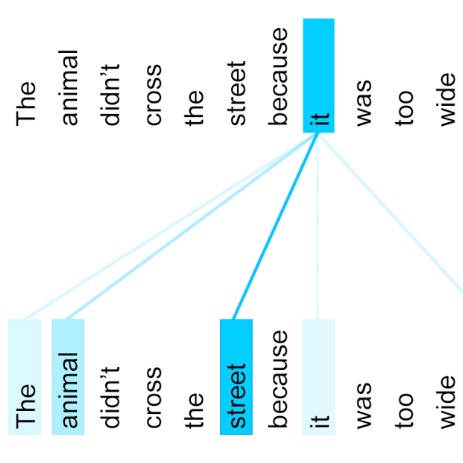Rumors are rampant in the era of social media. Conversation structures provide valuable clues to differentiate between real and fake claims. However, existing rumor detection methods are either limited to the strict relation of user responses or oversimplify the conversation structure. In this study, to substantially reinforces the interaction of user opinions while alleviating the negative impact imposed by irrelevant posts, we first represent the conversation thread as an undirected interaction graph. We then present a Claim-guided Hierarchical Graph Attention Network for rumor classification, which enhances the representation learning for responsive posts considering the entire social contexts and attends over the posts that can semantically infer the target claim. Extensive experiments on three Twitter datasets demonstrate that our rumor detection method achieves much better performance than state-of-the-art methods and exhibits a superior capacity for detecting rumors at early stages.
翻译:在社交媒体时代,流言在社交媒体时代十分猖獗。对话结构为区分真实和虚假的主张提供了宝贵的线索。然而,现有的传闻探测方法要么局限于用户回应的严格关系,要么过度简化谈话结构。在这项研究中,为了大大加强用户意见的相互作用,同时减轻不相关文章造成的消极影响,我们首先将对话线索作为非定向互动图来表示。 然后,我们为传闻分类而推出一个标称引导的等级图关注网络,这加强了对反应性职位的代议学习,考虑到整个社会背景,并参与能够对目标主张进行语义推断的岗位。 对三个推特数据集的广泛实验表明,我们的传闻探测方法比最先进的方法要好得多,并展示了早期发现谣言的超能力。





